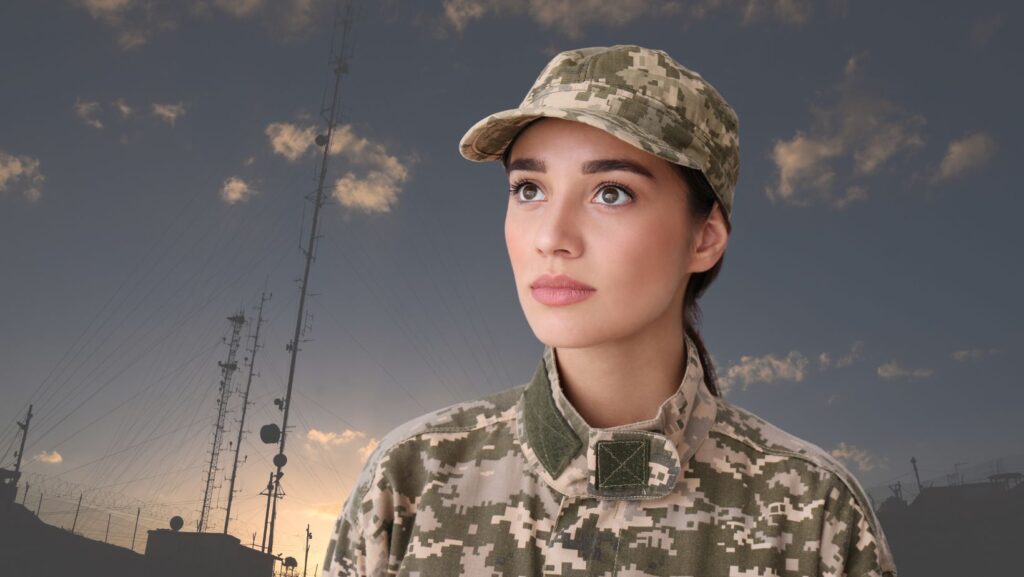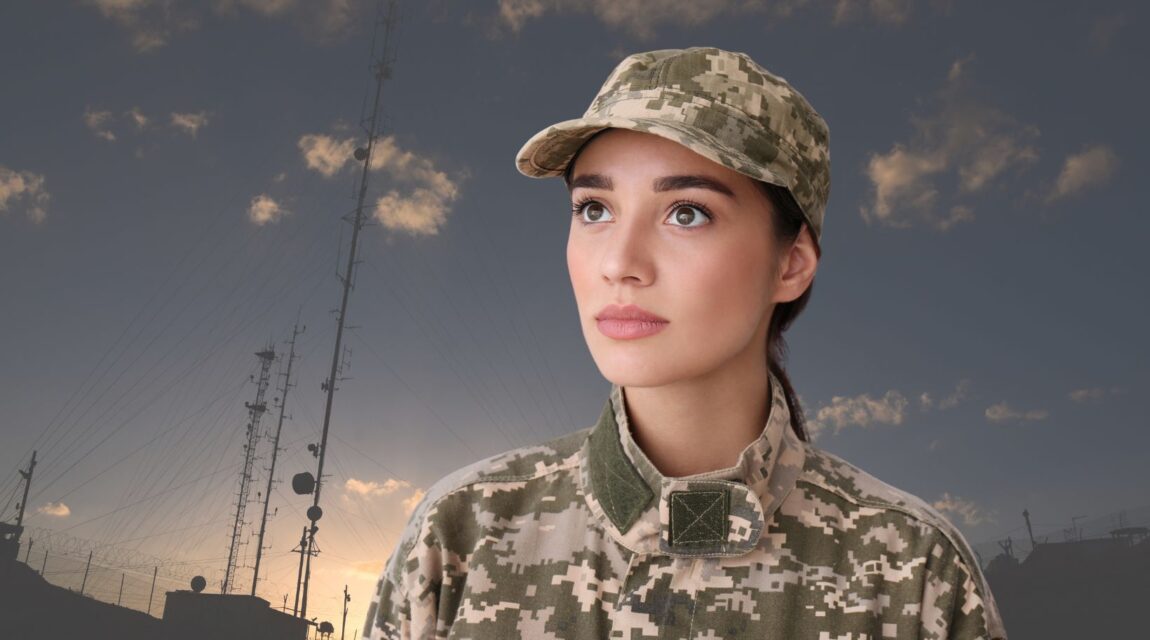
In the world of the U.S. military, discipline and attention to detail are crucial, even when it comes to the uniforms worn by service members. The formal uniforms, with their distinct features and symbolic significance, uphold the military’s traditions and honor. Join us as we delve into the realm of formal uniform etiquette and unravel the essential facts that every military personnel and civilian should know.
Dress Uniforms
Crisp and Impeccable The dress uniforms in the U.S. military are a symbol of pride and professionalism. They vary across the branches, with each having its unique features and regulations. These uniforms are reserved for special occasions such as ceremonies, official events, and social functions.
- Army: The Army’s dress uniform, known as the Army Service Uniform, exudes elegance and tradition. It includes items such as a blue coat, white shirt, black tie, and service cap. Ribbons, badges, and insignia play a significant role in showcasing a soldier’s accomplishments and rank.
- Navy: The Navy’s dress uniform, known as the Service Dress Blue uniform, is characterized by its dark blue color and tailored design. Sailors wear various insignia, ribbons, and devices on their uniforms to indicate rank and achievements. The famous “Dixie cup” hat is a distinctive feature of the female uniform.
- Air Force: The Air Force’s dress uniform, known as the Service Dress Uniform, combines classic style with modern elegance. It includes elements such as a blue coat, light blue shirt, dark blue tie, and service cap. Air Force personnel wear badges, ribbons, and other insignia to reflect their accomplishments and rank.
Proper Grooming and Appearance
Maintaining a professional and well-groomed appearance is of utmost importance when wearing a formal uniform.
- Hair and Facial Hair: Military regulations dictate specific guidelines for hairstyle and facial hair. Neat and well-groomed hairstyles are required for both men and women, with restrictions on length, bulk, and eccentric styles. Men must adhere to grooming standards concerning facial hair, keeping it clean-shaven or maintaining a well-trimmed beard based on branch-specific guidelines.
- Accessories and Jewelry: Minimalism is key when it comes to accessories and jewelry. In general, military personnel are expected to wear minimal or no jewelry except for wedding bands and authorized religious items. Wristwatches should be conservative and inconspicuous, avoiding flashy or oversized designs.
- Displaying Ranks and Insignia: Ranks, badges, and insignia serve as visible markers of a service member’s achievements, experience, and authority.
- Proper Placement: Each branch of the military has specific regulations on the proper placement of ranks, badges, and insignia on the uniform. It is essential to adhere to these guidelines to maintain a polished and professional appearance.
- Military Decorations: Military decorations, such as medals and ribbons, hold significant meaning and are worn with pride. They represent a service member’s bravery, valor, and achievements. Proper placement and arrangement of these decorations are essential, reflecting the individual’s service history and honors earned.
Understanding and following formal uniform etiquette is a fundamental aspect of military life. By adhering to the regulations and guidelines surrounding dress uniforms, service members display their commitment to professionalism, tradition, and respect.
Did you know about these guidelines already?






